Results
-
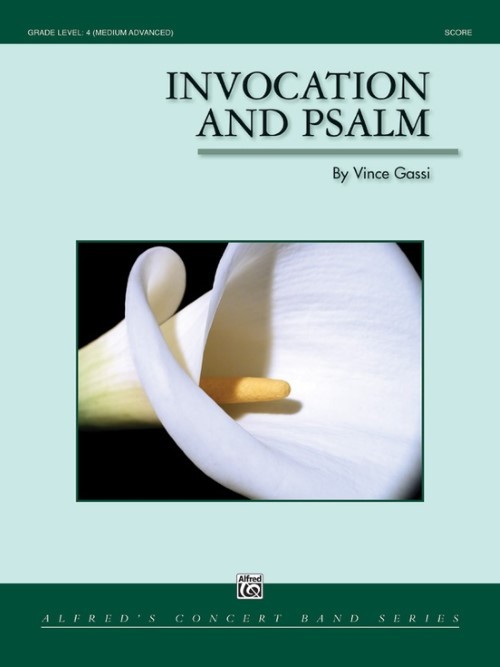 £70.50
£70.50Invocation and Psalm (Concert Band - Score and Parts) - Gassi, Vince
Invocation is defined as the act of invoking or calling upon a deity or spirit for aid, protection, or inspiration, while a "Psalm" is a sacred song or poem. Magnificent, celebratory, and triumphant are words that aptly describe the opening of this exciting new work. After a powerful opening fanfare, the main theme (Invocation) is presented and interlaced with florid woodwind passages and driving rhythms. A simple but evocative melody, garnished with lush harmony, captures the essence of the Psalm. A return to the original theme brings us to an uplifting conclusion. Invocation and Psalm is an exhilarating concert opener for any occasion.Duration: 4.30
Estimated dispatch 7-14 working days
-
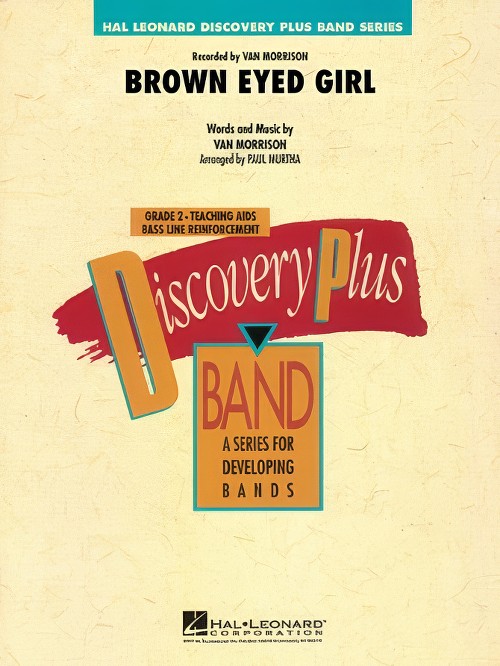 £53.50
£53.50Brown Eyed Girl (Concert Band - Score and Parts) - Morrison, Van - Murtha, Paul
Considered to be Van Morrison's signature hit, this was first recorded in the '60s but remains popular today. The rhythmic and upbeat feel of this solid arrangement will liven up any concert.
Estimated dispatch 7-14 working days
-
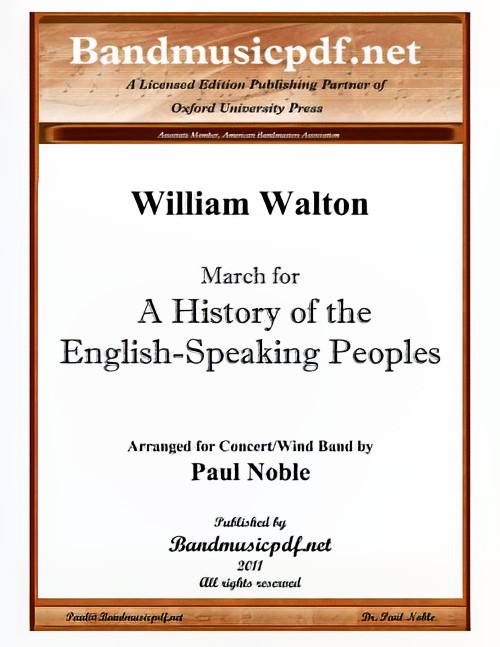 £110.00
£110.00March for A History of the English-Speaking Peoples (Concert Band - Score and Parts) - Walton, William - Noble, Paul
In 1959, William Walton was commissioned to compose music for the opening and closing credits of a television series based on Winston Churchill's History of the English-speaking Peoples. The resulting work, March for the History of the English-Speaking Peoples, was recorded by the London Symphony Orchestra in May of that year and later published by Oxford University Press. However, the television project never materialised, and consequently Walton's score, which might have become one of his more familiar among popular audiences through television exposure, was all but forgotten. With the moderate surge in popularity that Walton's music enjoyed in the last decade of the twentieth century, this and other little-known pieces have become available for consideration. Concert Bands will enjoy the majesty and drama of this piece, very appropriate for concerts, ceremonies, and graduations.
Estimated dispatch 7-14 working days
-
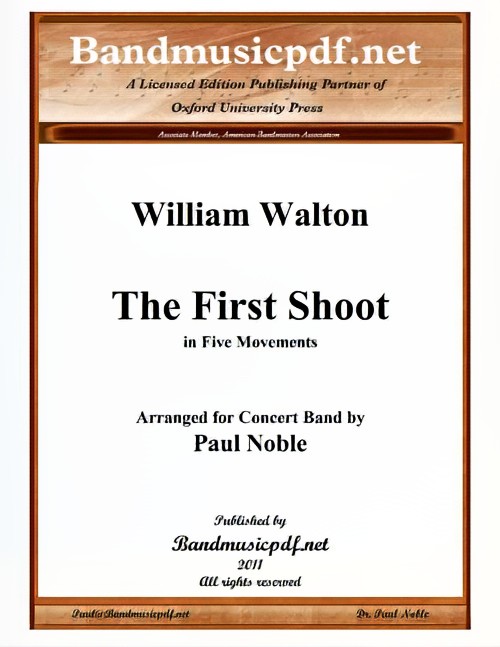 £145.00
£145.00The First Shoot (Concert Band - Score and Parts) - Walton, William - Noble, Paul
The First Shoot was written and first performed in 1935 for the ballet Follow the Sun. The original music was lost, but reconstructed for brass band, and later for orchestra by Christopher Palmer. This Concert Band arrangement is based on that orchestra score. It is a charming look back (one can imagine the music that might have accompanied a Charlie Chaplin movie!) Concert bands will experience a worthwhile challenge in bringing this wonderfully tuneful music to their audiences, as well as the broadening of their own musical experience.
Estimated dispatch 7-14 working days
-
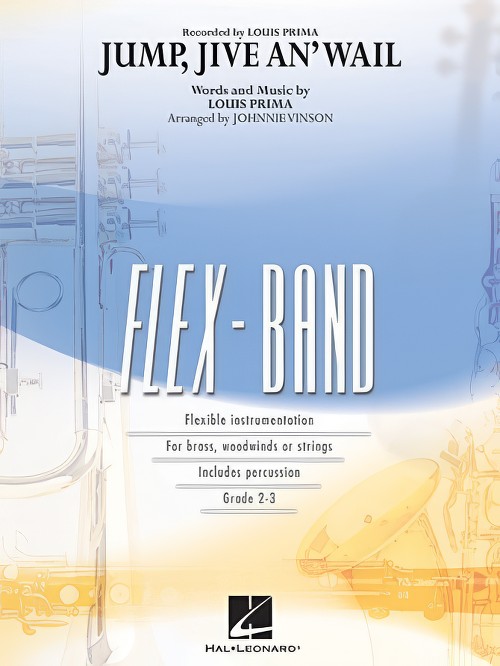 £54.99
£54.99Jump, Jive an' Wail (Flexible Ensemble - Score and Parts) - Prima, Louis - Vinson, Johnnie
Jump, Jive 'an Wail, originally recorded by Louis Prima, but also a bit hit for the Brian Setzer Orchestra, this hoppin' tune epitomises the energetic jump swing style.
Estimated dispatch 7-14 working days
-
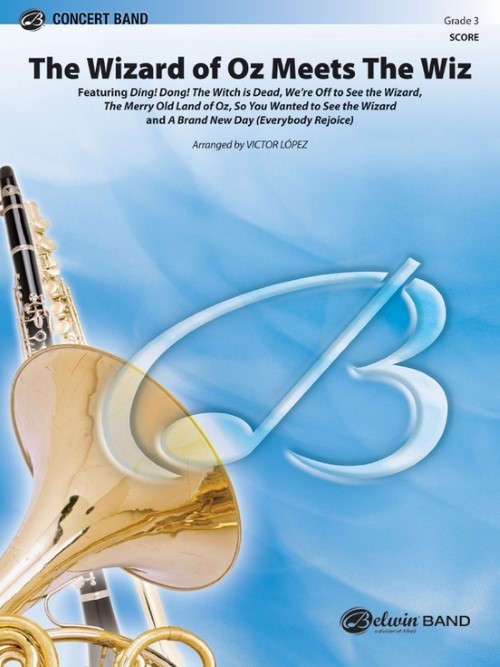 £73.50
£73.50The Wizard of Oz Meets The Wiz (Concert Band - Score and Parts) - Lopez, Victor
Something old and something new, but the story is the same. Hailed as the first original American fairytale, The Wizard of Oz inspired countless sequels and imitations, as well as the classic American musical film and the Broadway musical, The Wiz. Taking selections from both productions, this arrangement takes you on a musical journey that connects the countryside of American heartland fantasy and the pride of urban African Americans.Duration: 5.00
Estimated dispatch 7-14 working days
-
 £76.99
£76.99Our Yesterdays Lengthen Like Shadows (Concert Band - Score and Parts) - Hazo, Samuel R.
This uniquely constructed work was commissioned by the 2008 South Carolina High School All-State Band and consists of a series of gorgeous melodic textures surrounding one ever-present note. The listener hears this note briefly in the beginning and the end, but it is skilfully hidden in between. From lush soft passages to crescendos that leave your audience breathless, this composition will provide you and your ensemble with an unforgettable musical experience!Duration: 5:00
Estimated dispatch 7-14 working days
-
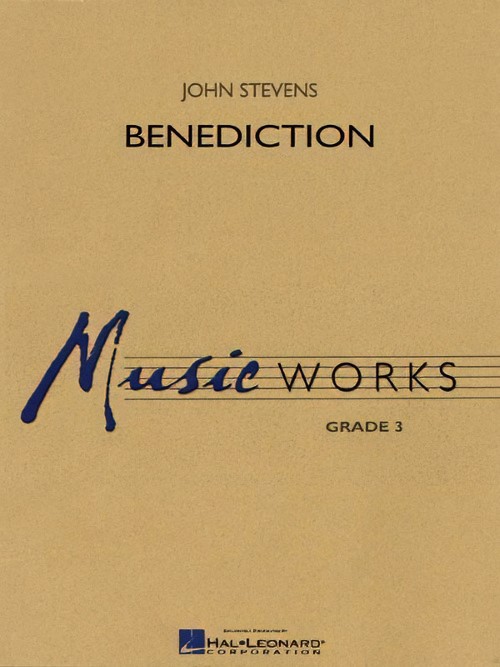 £60.99
£60.99Benediction (Concert Band - Score and Parts) - Stevens, John
Originally scored for brass choir, composer John Stevens brings us this marvellous version for full band featuring flowing melodies and counterlines in a rich chorale-like setting. The solo part at the beginning and end is scored for euphonium, but is cued for clarinet, trumpet or trombone. Great for teaching a lyric style of playing, and also as an effective performance piece.Duration: 3:30
Estimated dispatch 7-14 working days
-
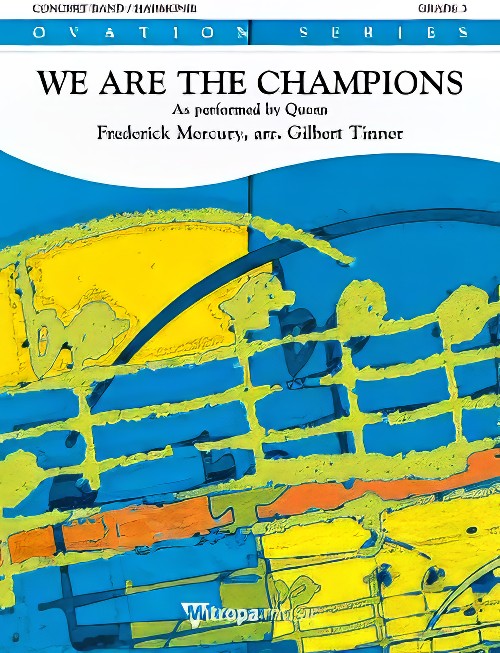 £84.99
£84.99We Are The Champions (Concert Band - Score and Parts) - Mercury, Freddie - Tinner, Gilbert
Queen are known not only for their stylistic diversity, but also for their over-the-top theatrics during concerts and in videos. This helped give them the staying power to have hit songs for over twenty years! One of their biggest, instantly recognised hits is the rock-anthem We Are the Champions, written by Freddie Mercury. This monster hit is now available in an authentic sounding concert band arrangement by Gilbert Tinner.Duration: 3:10
Estimated dispatch 7-14 working days
-
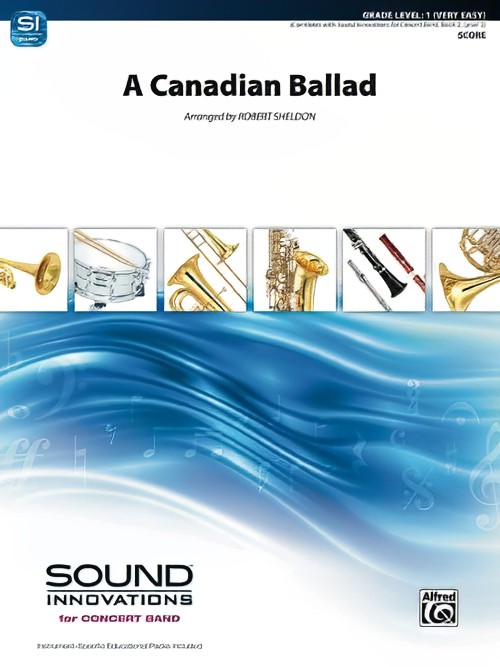 £48.95
£48.95A Canadian Ballad (Concert Band - Score and Parts) - Sheldon, Robert
The traditional Newfoundland lyric ballad, She's Like a Swallow, is presented for band with all the passion and emotion it deserves. This tragic tale has many interpretations, but in all its forms is certainly a story of love and loss. A Canadian Ballad provides young bands with an opportunity to play with great colour and expression, bringing a moment of repose and lyricism to any concert performance.
Estimated dispatch 7-14 working days
